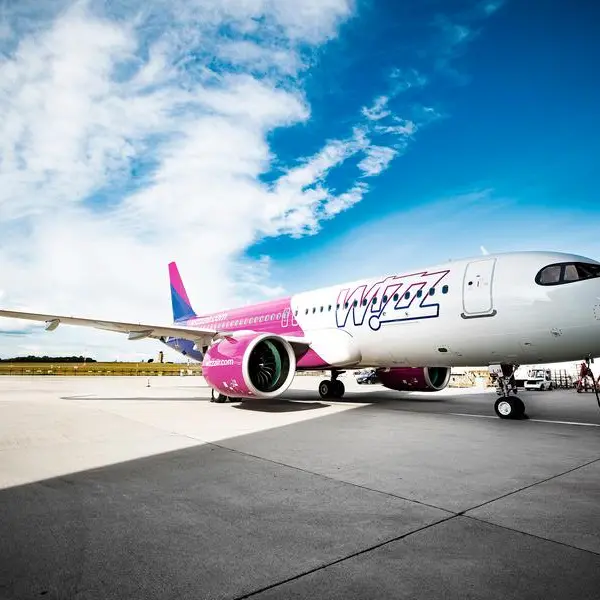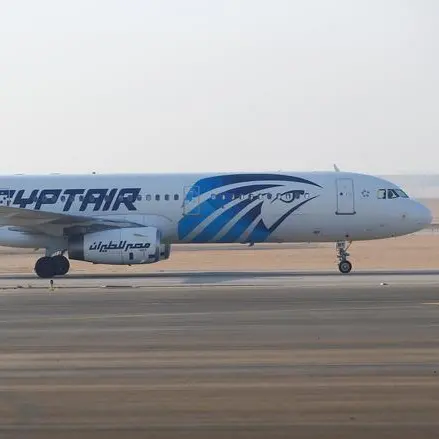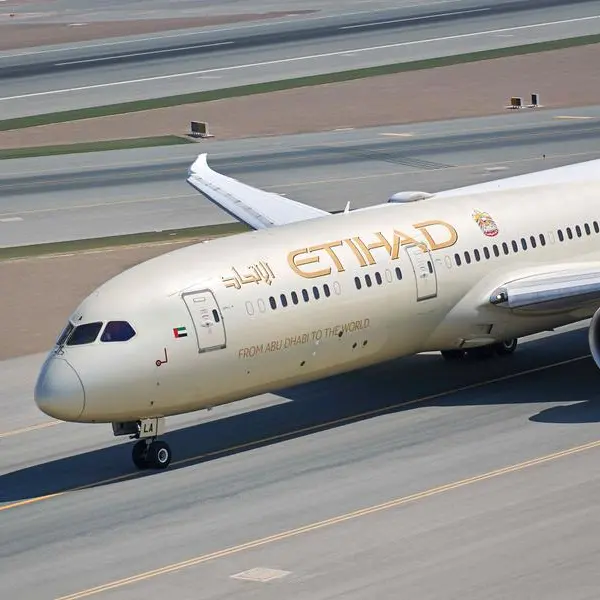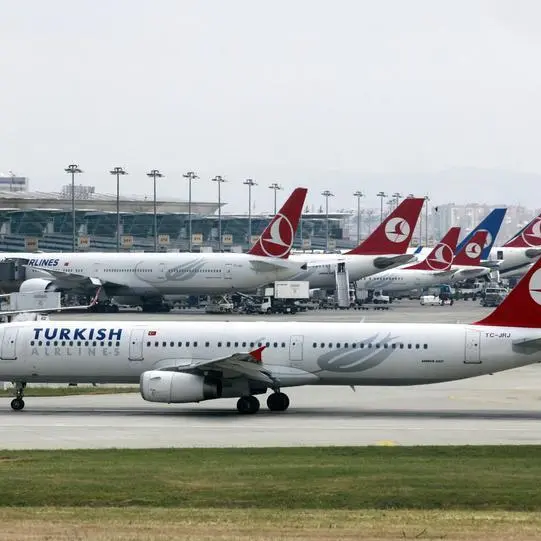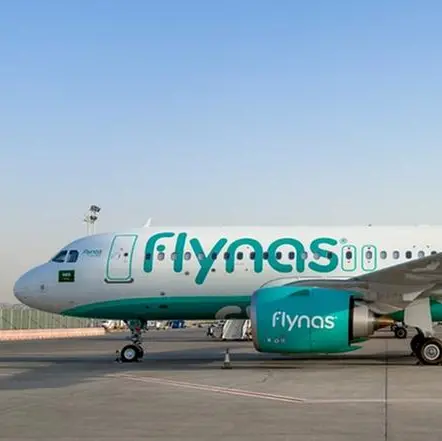PHOTO
Qatar - Over the past few years, Doha’s Hamad International Airport (HIA) has undergone a remarkable transformation, and not just owing to the recent expansion “The Orchard” which has transformed the airport into a green oasis. Qatar’s hub airport has emerged as a pivotal oneworld alliance hub.
Welcoming an increasing number of oneworld carriers such as British Airways, American Airlines, Finnair, Malaysia Airlines, SriLankan Airlines, Royal Jordanian, and Royal Air Maroc, Doha’s HIA has become a oneworld gateway global travellers. With Japan Airlines and Spain’s flag carrier airline, Iberia, set to join the fray, the airport is continues to pursue a strategy as a strategic gateway between East and West.
The oneworld alliance is a prestigious global airline partnership comprising some of the world’s leading carriers. Established in 1999, this alliance aims to provide travellers with seamless connectivity, enhanced services, and more rewarding travel experiences.
The members of oneworld co-operate to create an extensive network of destinations, with a focus on offering convenience, efficiency, and a consistent level of service for passengers travelling across different airlines.
One of the key advantages of the oneworld alliance is the loyalty programmes offered to frequent flyers. Passengers who are part of any oneworld member’s frequent flyer programme can enjoy numerous benefits across the alliance’s network.
These benefits include earning and redeeming points or miles on any oneworld airline, priority check-in and boarding, access to premium airport lounges, and baggage privileges. For example, a frequent flyer with American Airlines can earn miles on a flight with British Airways and later redeem those miles for a flight on Qatar Airways, or Royal Jordanian. This level of flexibility and reciprocal benefits make oneworld a highly appealing choice for frequent travellers.
Airline alliances are playing a crucial role in keeping the concept of a hub and spoke model thriving in the aviation industry. By forming strategic partnerships, airlines within an alliance are essentially pooling their networks, and flight schedules to ensure seamless connections to numerous destinations. The hub concept tied with a strong alliance presence is essentially allowing airlines to expand their reach beyond their individual hub cities, offering passengers a wide array of connecting flights across the alliance's network.
Adding to the strength of Doha’s HIA as a oneworld hub, Spain’s Iberia will operate daily flights between Madrid and Doha starting from December 2023. This significant addition will forge a strong link between the Spanish airline and more than 200 destinations across Asia, Australasia, the Middle East, and Africa via Doha’s HIA.
Another pivotal factor in Doha’s rise as a oneworld hub lies in its geographical positioning. Qatar’s HIA holds a unique advantage in the Middle East as it is strategically located, enabling it to serve as a central connection point between various continents. Approximately 80% of the world’s population can be reached within a six-hour flight from Doha.
The hub and spoke model in aviation was conceived as a strategic solution to address the challenges of efficiently connecting passengers and cargo between multiple destinations. This model was designed to overcome the limitations of point-to-point (direct) routes, which proved to be economically unsustainable and operationally complex. The creation of the hub and spoke model has since revolution we the aviation industry, transforming the way airlines operate, the way passengers travel, and it has proven to be financially viable for numerous carriers worldwide.
The development of the hub and spoke model can be traced back to the mid-20th century when the airline industry experienced significant growth and expansion. As passenger demand surged and airlines sought to serve a growing number of destinations, the need for a more effective and efficient system of connecting flights became evident. The traditional point-to-point model required airlines to operate direct routes between every pair of cities they served. This approach led to under-utilised aircraft, increased operational costs, and limited route flexibility.
The concept of a hub ultimately solved these issues, as airlines identified strategic hub airports, typically located in geographically advantageous locations (such as the Middle East) as central connecting points. These hubs served as pivotal points where flights from various origins (known as spokes) converged, allowing passengers and cargo to transfer between different flights and reach numerous destinations with ease.
However, alliances and the strategic transfer and flows of passengers such as oneworld’s commitment to Doha are necessary given the hub and spoke model faces challenges that raise concerns about its future. One of the main threats is the rise of ultra-long haul point-to-point flying to, and low-cost carriers that offer direct flights between various secondary cities, bypassing traditional hub airports. These carriers appeal to budget-conscious travellers and many airlines target routes that were once dominated by hub-based airlines shuttling passengers through their respective airport bases. Advancements in aircraft technology, such as long-range capabilities of newer aircraft, continue to make direct flights more feasible over longer distances, slowly diminishing the need for connecting flights.
To remain relevant and competitive, airlines operating under the hub and spoke model must continue to adapt, partner strategically, innovate, and find ways to offer unique value propositions to passengers while addressing the challenges posed by emerging trends and disruptions in the air travel landscape.
The author is an aviation analyst. Twitter handle: @AlexInAir
Gulf Times Newspaper 2022 Provided by SyndiGate Media Inc. (Syndigate.info).


